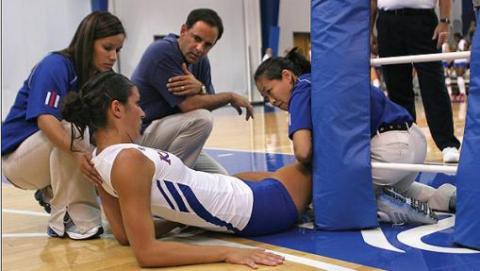
by John Doherty, ATC, PT
As the media assault on football in general and the NFL in particular has continued unabated this autumn (it still is autumn, isn’t it?), a detailed study of medical expenditures by sport was released earlier this season by Ohio State University.
And at first blush, it seems a bit odd that the national media did not pounce on the study’s results when they were published in the September issue of Physician & Sportsmedicine, because they are extensive and conclusive: football has been, by far, the most costly sport in Columbus when it comes to medical claim expense.
At $570,712 per year over the course of five school years (2005-10), football finished far in front of runner-up wrestling, which cost “only” $182,000 annually. The bronze medal, so to speak, went to softball, which averaged $163,667.
A closer look at the data, though, explains why the anti-football fanatics went mute: when it came to medical charges per athlete in a given year, the gold went to softball — and the outside medical facilities caring for the team — at $9,093 per player.
Arriving in second were women divers, each costing Buckeyes bookkeepers $5,748 in a typical year. Football players were third ($5,095) but they weren’t much different from women volleyballers ($4,988) or men basketballers ($4,866).
Arguing further in favor of football — and against the ongoing narrative — was the number of medical claims per player per year: football tumbled to ninth out of 36 sports, with 2.5. Women’s diving was first (4.3). Softball was second (4.2) and women’s volleyball was third (3.5). Women’s hockey, women’s basketball, men’s basketball, women’s tennis and wrestling came before football.
Jump to the full version of this story.
John Doherty, ATC, PT, is a certified athletic trainer and physical therapist, as well as NATA Now’s newest contributor. This column reflects solely his opinion. Reach him at jdoherty@comhs.org or on Twitter at @JDohertyATCPT. You can also view the full version of the article on the Times website.
Posted by NATA News Managing Editor Jaimie Siegle (jaimies@nata.org) / Photo via HBO





